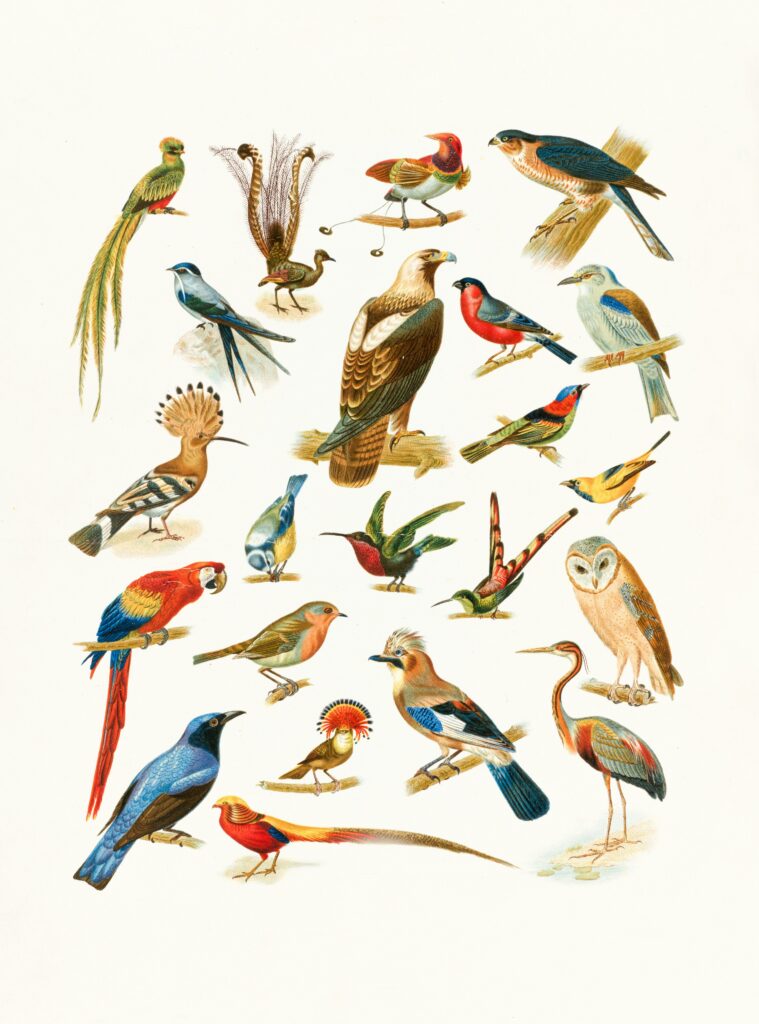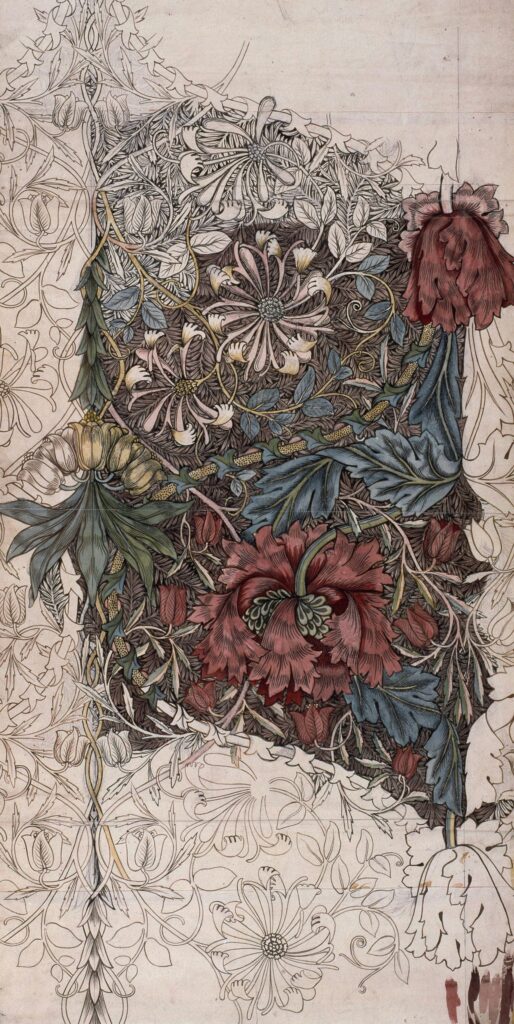The Rubin Museum of Art, a renowned haven for Asian art located in Manhattan, will soon be closing its doors after 20 years. This unprecedented decision marks the first major closure of a New York City art museum in recent memory. While the museum cited its desire to reimagine itself as a modern museum without walls, financial struggles and accusations of displaying looted art also loomed over its closure. The museum will sell its building and transition to a skeleton crew, resulting in the loss of nearly 40 percent of its employees. This shocking development has drawn attention to the challenges that many museums face in the wake of the Covid-19 pandemic, as they grapple with a scarcity model heavily reliant on individual donors and corporations for financial support.
Rubin Museum of Art to Close After 20 Years

Introduction
The Rubin Museum of Art, located in Manhattan, has announced that it will be closing its doors after 20 years of operation. The museum, known for its collection of art from Himalayan Asia, has faced financial challenges and accusations of displaying looted art. This closure comes as a shock to the art community, as it is the first major museum in New York City to close in recent memory.
Reasons for Closure
Desire to Envision a Modern Museum without Walls
One of the reasons cited for the closure of the Rubin Museum is the desire to envision a modern museum without walls. With the evolving definition of what a museum is, the museum’s board president, Noah Dorsky, stated that the Rubin Museum wants to redefine what a museum can be in its new incarnation. This indicates a shift away from the traditional brick-and-mortar museum model towards a more flexible and dynamic approach to exhibiting and engaging with art.
Financial Challenges
Financial difficulties have also played a significant role in the closure of the Rubin Museum. Like many cultural organizations, the museum has faced a cash crunch, with dwindling funds and a scarcity model of operation. This model, which heavily relies on individual donors and corporations, has become increasingly challenging in recent years, leading to extreme financial difficulties for many institutions.
Accusations of Displaying Looted Art
Accusations of displaying looted art have further tarnished the reputation of the Rubin Museum. The museum has been at the center of discussions about the history of religious objects being looted from Asian countries. These accusations have had a significant impact on the museum’s reputation and have contributed to its decision to close its doors.

Financial Challenges
Impact of Cash Crunch on Museums
The closure of the Rubin Museum highlights the broader financial challenges faced by museums and cultural organizations. The Covid-19 pandemic has significantly impacted the tourism industry, leading to a decrease in visitors and revenue for museums. This has put a strain on the financial stability of many institutions, including the Rubin Museum.
Dwindling Funds
Over the years, the Rubin Museum has experienced dwindling funds, which have further exacerbated its financial challenges. This has led to cutbacks in staffing and resources, as well as a decrease in programming and exhibitions. The museum’s leaders have been grappling with the sustainability of their operations amidst these financial constraints.
Reliance on Individual Donors and Corporations
Like many cultural organizations in the United States, the Rubin Museum heavily relies on individual donors and corporations for financial support. However, this model of operation has become increasingly difficult, as securing funding from these sources has become more competitive and uncertain. The closure of the Rubin Museum highlights the need for alternative funding models and strategies for sustaining cultural institutions.
Accusations of Looted Art
Discussions about the History of Religious Objects being Looted
The Rubin Museum has been embroiled in discussions about the history of religious objects being looted from Asian countries. These discussions have called into question the ethics of displaying such objects in museums and have brought attention to the provenance and legality of the artifacts in the museum’s collection. This has led to scrutiny and criticism of the museum’s practices.
Focal Point in Recent Conversations
The accusations of displaying looted art have made the Rubin Museum a focal point in recent conversations about cultural heritage and restitution. The museum’s involvement in these discussions, whether intentional or not, has contributed to its tarnished reputation and has raised questions about the ethical responsibilities of museums in acquiring and displaying cultural artifacts.
Impact on the Museum’s Reputation
The accusations of displaying looted art have had a detrimental impact on the Rubin Museum’s reputation. These accusations have raised concerns about the museum’s due diligence in verifying the legitimacy of the objects in its collection. The closure of the museum can be seen as a response to the reputational damage caused by these accusations.

Transition and Job Losses
Closing Date and Last Exhibition
The Rubin Museum will officially close its doors on October 6th, following the conclusion of its last exhibition. This final exhibition will serve as a farewell to the museum and its visitors and will mark the end of its two decades of operation.
Transition to a Skeleton Crew
After the closure, the museum will transition to a skeleton crew which will focus on processing long-term loans and research inquiries. This transition period will also involve efforts to raise funds for the museum’s future endeavors. The reduced staff will face the challenge of adapting to a new role and operating with limited resources.
Job Losses for Nearly 40% of Employees
Unfortunately, the closure of the Rubin Museum will result in job losses for nearly 40% of its employees. This is in addition to the job cuts that occurred in 2019, when the museum’s leader eliminated nearly two dozen positions due to dwindling funds. The closure will have a significant impact on the livelihoods of these employees and underscores the financial difficulties faced by cultural organizations.
Redefining what a Museum Can Be
Evolution of the Definition of a Museum
The closure of the Rubin Museum marks a significant moment in the evolution of the definition of a museum. Traditionally, museums have been seen as physical spaces that house collections and display artworks. However, with the advancement of technology and changing audience expectations, museums are reevaluating their role in society and exploring new ways to engage with the public.
Rubin Museum’s Embrace of Continual Change
Throughout its years of operation, the Rubin Museum has embraced the idea of continual change and evolution. This has been reflected in its programming, exhibitions, and engagement with visitors. The closure of the museum can be seen as a continuation of this ethos, with the institution redefining what a museum can be in its new incarnation.
New Incarnation and Vision for the Future
As the Rubin Museum looks to the future, it envisions a new incarnation that goes beyond the confines of a physical building. The museum’s leadership aims to create a modern museum without walls, utilizing digital platforms and innovative strategies to reach a broader audience. This new vision reflects the changing landscape of museums and the need to adapt to meet the demands and expectations of the 21st-century audience.
Shocking Closure
Unprecedented Closure of a Major Museum in New York City
The closure of the Rubin Museum is unprecedented in recent memory, especially for a major museum in New York City. The city is known for its vibrant arts and culture scene, with numerous museums attracting millions of visitors each year. The closure of the Rubin Museum underscores the challenges faced by cultural institutions in today’s landscape.
Reaction of Museum Professionals
The closure of the Rubin Museum has elicited strong reactions from museum professionals. Many express shock and concern over the closure, as it represents a significant loss to the cultural landscape of New York City. The closure serves as a reminder of the fragility of the museum industry amidst economic and societal changes.
Impact of Covid-19
Cash Crunch and Job Cuts in the Museum Industry
The Covid-19 pandemic has had a severe impact on the museum industry, leading to a cash crunch and job cuts. The closure of the Rubin Museum can be seen as a consequence of the financial strain caused by the pandemic and the resulting decline in tourism and revenue. Museums across the country have faced similar challenges, with many struggling to stay afloat.
Change in Tourist Habits
The closure of the Rubin Museum can also be attributed to a change in tourist habits. The pandemic has disrupted travel patterns, with fewer tourists visiting museums and cultural institutions. This decline in visitors has had a direct impact on the financial stability of museums, making it difficult for them to sustain their operations.
Financial Difficulties for Institutions
The financial difficulties faced by cultural institutions have been exacerbated by the Covid-19 pandemic. Museums rely on a combination of ticket sales, donations, and sponsorships to generate revenue. With limited visitor numbers and decreased philanthropic support, museums have struggled to meet their financial obligations. The closure of the Rubin Museum highlights the challenges faced by institutions in maintaining their operations during these trying times.
Relinquishing Real Estate
The closure of the Rubin Museum is unique in that it involves the complete relinquishment of all real estate. Unlike other museums that have downsized or relocated, the Rubin Museum has made the decision to sell its building and embrace a new model of operation. This bold move reflects the museum’s commitment to redefining what a museum can be and adapting to the current landscape of the art world.
Challenges Facing Cultural Organizations
Scarcity Model of Cultural Organizations in the U.S.
The closure of the Rubin Museum sheds light on the scarcity model of cultural organizations in the United States. This model relies heavily on individual donors and corporations for financial support, making it difficult for museums to sustain their operations. The closure serves as a reminder of the need for alternative funding models that prioritize the long-term stability and sustainability of cultural organizations.
Reliance on Individual Donors and Corporations
The closure of the Rubin Museum highlights the challenges faced by cultural organizations in relying on individual donors and corporations for financial support. These sources of funding can be unpredictable and subject to economic fluctuations. To ensure the financial stability of cultural organizations, there is a need to diversify funding sources and explore new models of engagement and support.
Extreme Financial Difficulties
The closure of the Rubin Museum underscores the extreme financial difficulties faced by cultural organizations, particularly in the wake of the Covid-19 pandemic. Without a steady stream of revenue, museums struggle to cover operational costs, pay staff, and preserve their collections. This financial strain can lead to difficult decisions, such as closing doors or downsizing, as witnessed in the case of the Rubin Museum.
Implications for the Arts Sector
The closure of the Rubin Museum raises broader implications for the arts sector. It serves as a reminder of the fragility of cultural institutions and the challenges they face in today’s economic and social climate. It also highlights the need for increased support and advocacy for the arts, as well as a reevaluation of funding models and strategies to ensure the long-term sustainability of the sector.

